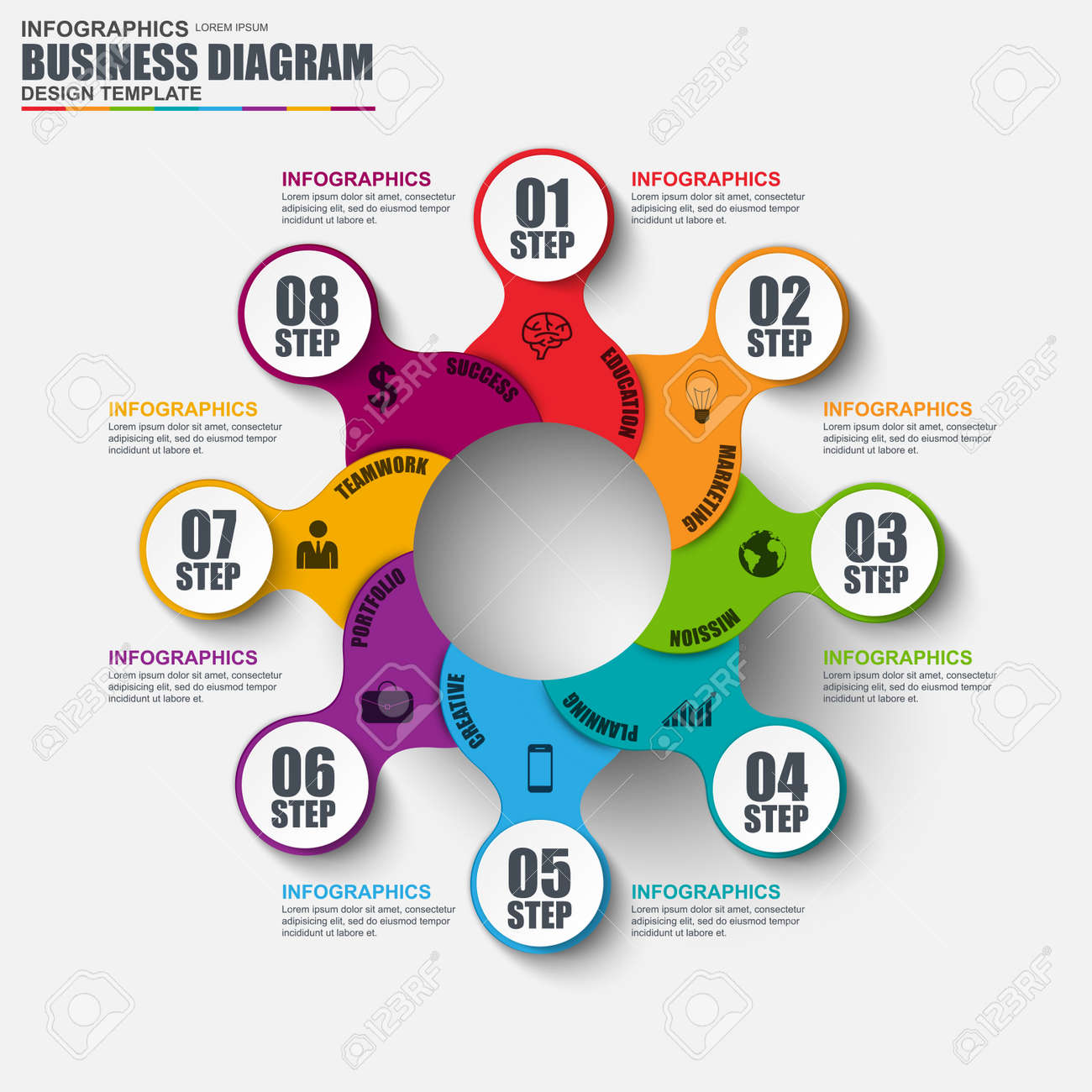Internet Site Layout Basics: Tips For Building A User-Friendly Website
Internet Site Layout Basics: Tips For Building A User-Friendly Website
Blog Article
Content Composed By-McKnight Thrane
When it concerns internet site design, ensuring user-friendliness is essential. From receptive design to streamlined navigating, every component plays a vital role in creating a site that satisfies your audience's requirements. But what concerning the better information that can make or break an individual's surfing experience? Remain tuned as linked web site uncover some often-overlooked pointers that can elevate your web site's usability to the following degree, making it genuinely attract attention in the electronic landscape.
Relevance of Responsive Design
Responsive design is a vital element of modern web site development. Ensuring your internet site is receptive ways that it can adapt to different display sizes and tools, giving a seamless experience for individuals.
With the raising use smart devices and tablet computers to access the net, having a responsive layout is important for getting to a larger audience. It assists in enhancing user experience by making your internet site simple to navigate and continue reading any type of gadget.
In addition, responsive design can positively influence your search engine rankings, as online search engine like Google focus on mobile-friendly websites. By having a receptive layout, you're also future-proofing your web site, as new tools with differing screen sizes remain to emerge.
Simplify Navigating Structure
To enhance individual experience and promote very easy access to details on your internet site, streamlining the navigating structure is extremely important. When creating your website, concentrate on producing a clear and instinctive navigating menu that helps site visitors discover what they're trying to find promptly.
Limit the number of menu products to the essentials, grouping related pages together to prevent overwhelming individuals. Usage descriptive tags that plainly show the web content of each page, making it much easier for customers to comprehend where each web link will certainly take them.
Consider implementing dropdown food selections for subcategories to prevent littering the main navigation bar. Furthermore, include a search bar plainly on the page for individuals who prefer looking for certain information.
Prioritize mobile responsiveness in your navigation layout to guarantee easy access on all devices.
Optimize Web Page Lots Rate
Improving page lots rate is essential for keeping visitors on your website. Slow-loading pages discourage individuals and can cause high bounce prices. To https://videomarketingbestpractic17273.yomoblog.com/37514973/increase-your-brand-name-the-function-of-expert-website-advancement-in-expanding-your-organization , beginning by enhancing images. Press images without jeopardizing high quality to lower their data sizes.
In addition, allow web browser caching to save often accessed sources in your area, quickening load times for returning site visitors. Minify CSS, JavaScript, and HTML files by removing unnecessary personalities, remarks, and formatting, enhancing load speed.
Take into consideration utilizing a web content shipment network (CDN) to disperse your internet site's content throughout several web servers worldwide, lowering latency for users accessing your website from different areas. Lastly, restrict the use of third-party manuscripts and plugins, as they can dramatically affect lots times.
Final thought
In conclusion, by integrating receptive layout, streamlining navigation, and optimizing page lots rate, you can create an easy to use website that attract a broader target market and boosts customer experience. These essential elements guarantee that site visitors can quickly access and browse your site throughout various devices, leading to boosted engagement and complete satisfaction. By focusing on these crucial facets, you can develop an effective website that maintains customers coming back for more.
